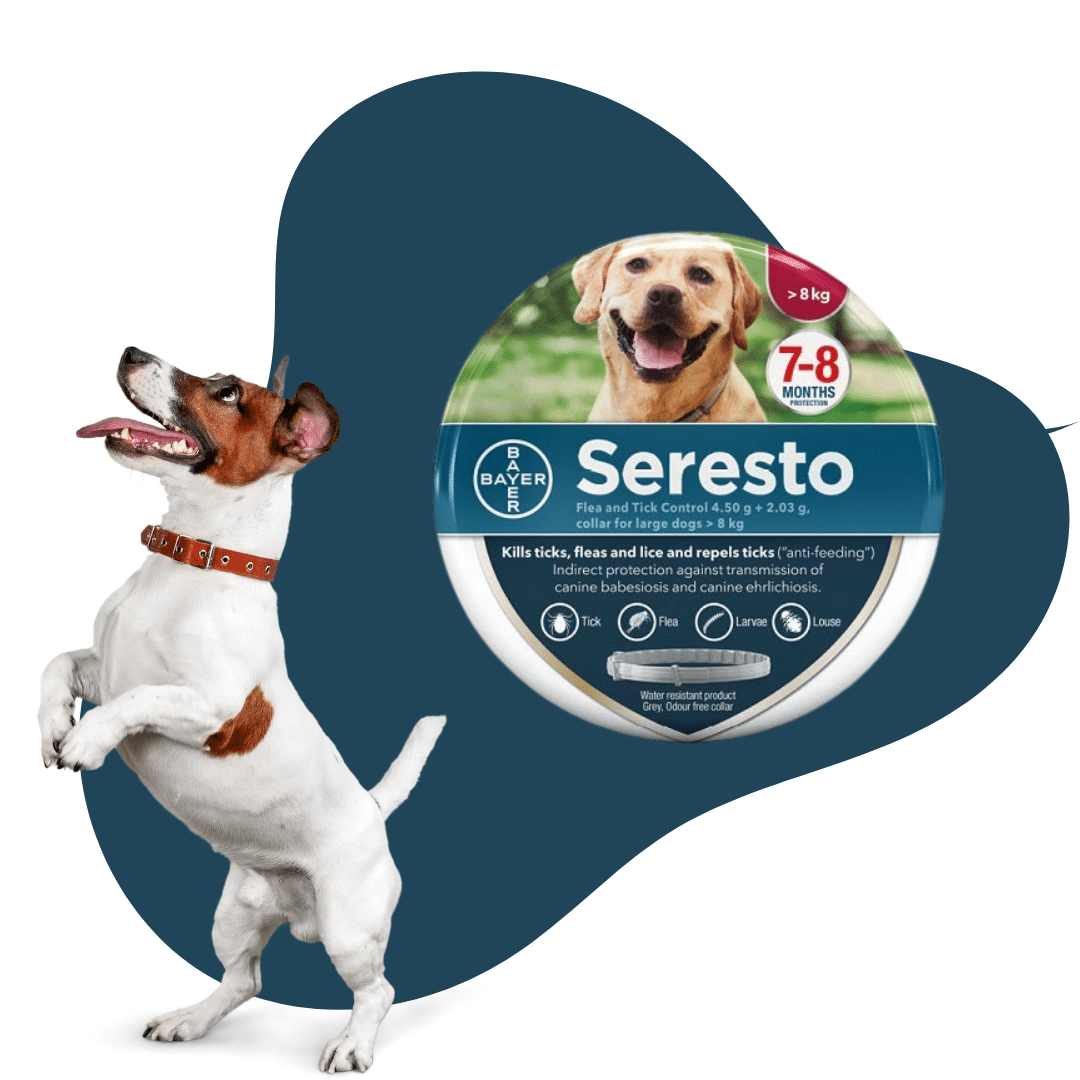In the realm of digital advertising, Return on Ad Spend (ROAS) is a key performance indicator that can make or break your marketing strategy. It measures the efficacy of your advertising efforts and provides valuable insights into your campaign’s profitability. But what exactly is a ‘good’ ROAS? The answer isn’t as straightforward as you might think.
The Fundamentals of ROAS
ROAS is the ratio of your ad campaign’s revenue to its cost. It’s a straightforward metric that provides a clear picture of your advertising campaign’s profitability. However, the ‘goodness’ of a ROAS can vary significantly depending on various factors, including your business model, industry, and growth stage.
A ‘good’ ROAS is largely subjective and depends on your business’s specific circumstances. For some businesses, a ROAS of 4:1 could be considered excellent, while others might aim for a ROAS of 10:1 or higher. As Neil Patel, a leading voice in digital marketing, puts it, “It’s essential to set a ROAS target that aligns with your business goals and profitability margins.”
Factors Influencing ROAS
Several factors can influence your ROAS, including your product margins, operating expenses, and the competitiveness of your industry. Higher product margins and lower operating expenses can allow for a lower ROAS, while a highly competitive industry might require a higher ROAS to be profitable.
Product Margins and ROAS
Product margins play a significant role in determining your ROAS. If your margins are high, you can afford to spend more on advertising and still maintain a healthy profit. Conversely, if your margins are low, you’ll need to be more conservative with your ad spend to ensure profitability.
Operating Expenses and ROAS
Operating expenses are another crucial factor to consider. If your operating costs are high, you’ll need a higher ROAS to cover these expenses and still turn a profit. On the other hand, if your operating costs are low, you can afford a lower ROAS and still be profitable.
Industry Competitiveness and ROAS
The competitiveness of your industry can also impact your ROAS. In highly competitive industries, ad costs are typically higher, which can drive down your ROAS. In these cases, you’ll need to find ways to stand out from the competition and attract customers without overspending on ads.
Improving Ad Creatives
The quality of your ad creatives can also impact your ROAS. High-quality, engaging ad creatives can attract more clicks and conversions, thereby boosting your ROAS. This involves creating compelling headlines, using high-quality images, and crafting persuasive ad copy. As Larry Kim, CEO of MobileMonkey, suggests, “Great ad copy can dramatically improve your ROAS.”

Optimizing Landing Pages
The effectiveness of your landing pages can also significantly influence your ROAS. A well-optimized landing page can increase your conversion rate, leading to a higher ROAS. This involves designing an intuitive user interface, providing clear and persuasive information about your product or service, and having a strong call-to-action. Peep Laja, founder of CXL, notes, “A well-optimized landing page can significantly boost your ROAS.”
The Bigger Picture
Understanding and optimizing your ROAS is crucial. However, it’s important to remember that ROAS is just one piece of the puzzle. Other metrics, such as customer lifetime value and customer acquisitioncost, should also be considered when evaluating your marketing strategy’s overall success. As Avinash Kaushik, digital marketing evangelist for Google, notes, “It’s not just about ROAS. It’s about the big picture.”
People Also Asked
1. How is ROAS calculated?
ROAS is calculated by dividing the revenue generated by a specific ad campaign by the cost of that campaign. For example, if you spent $1,000 on an ad campaign and it generated $5,000 in revenue, your ROAS would be 5:1.
2. What is a good ROAS for Google Ads?
A ‘good’ ROAS for Google Ads can vary significantly depending on various factors, including your industry, business model, and growth stage. However, a general benchmark that many businesses aim for is a ROAS of 4:1 or higher.
3. How can I improve my ROAS?
Improving your ROAS involves optimizing your ad campaigns to increase revenue and/or decrease costs. This could involve refining your ad targeting, improving your ad creatives, or optimizing your landing pages for conversions.





